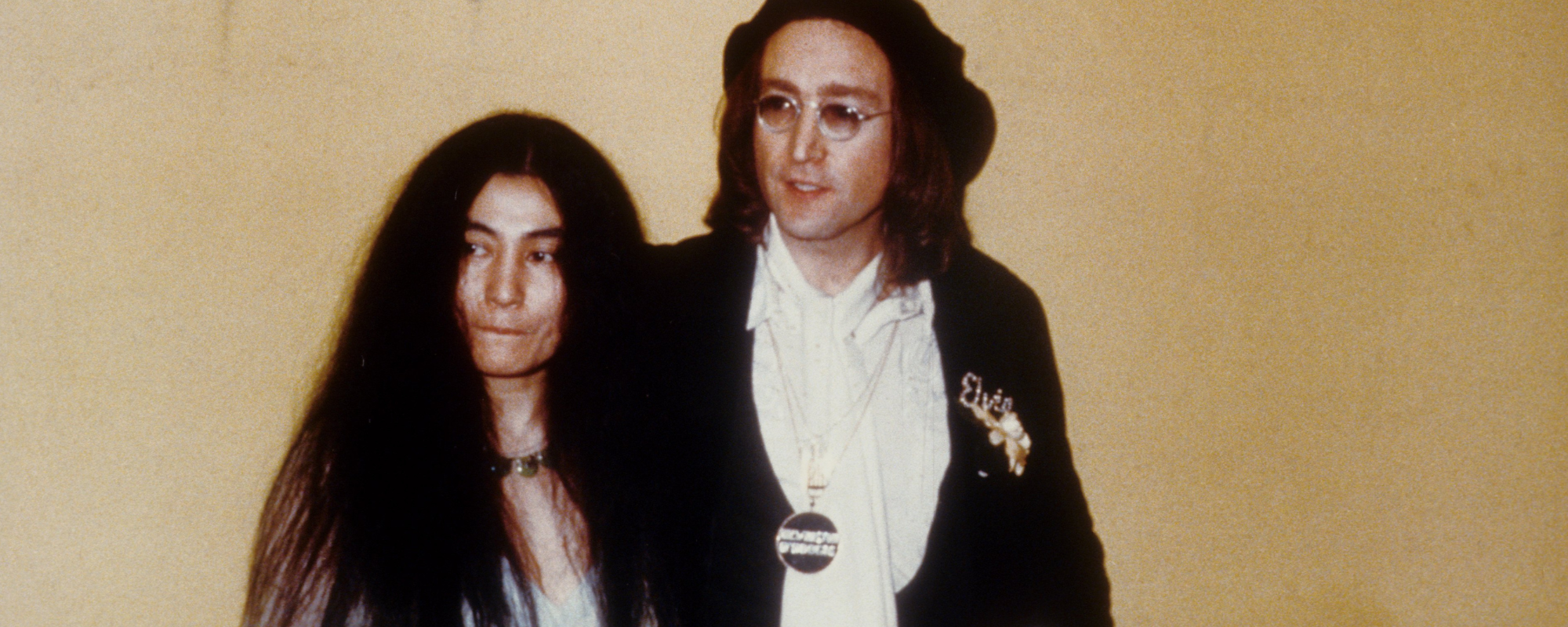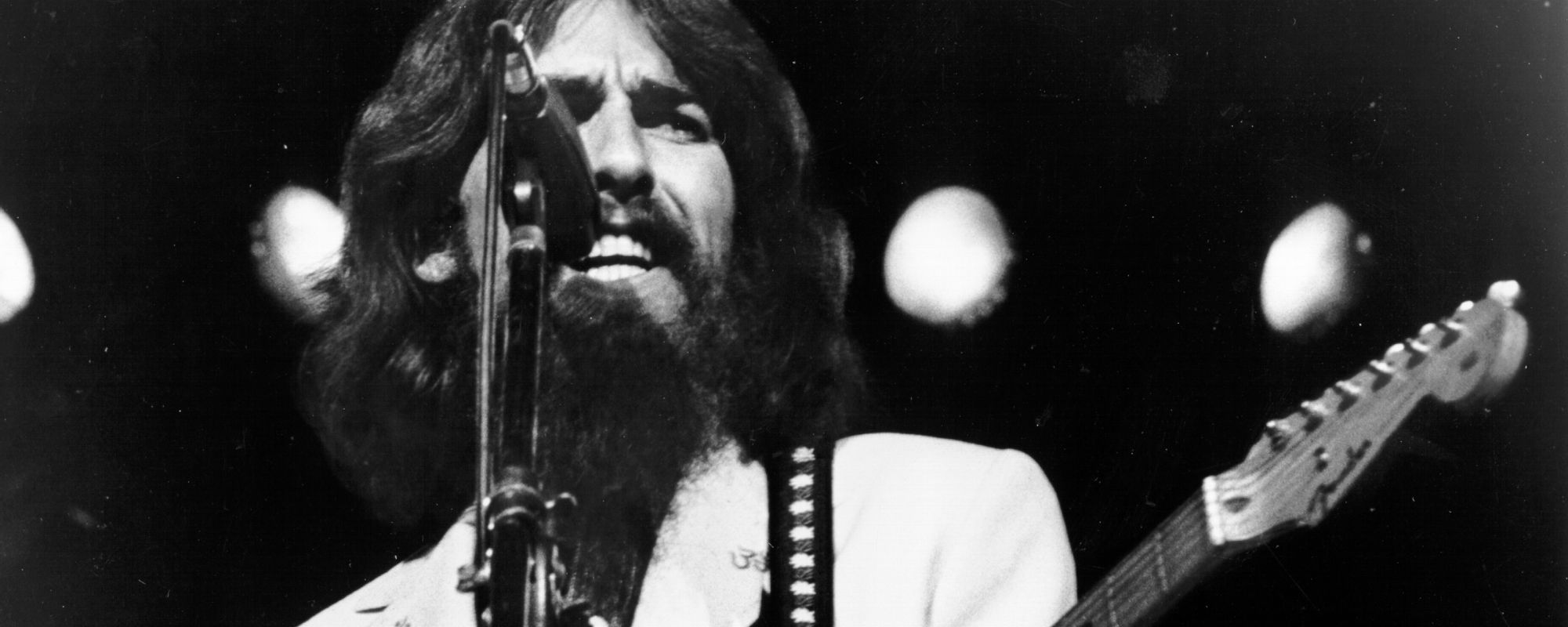In 1965, over 400 men auditioned to land a coveted role in the world’s first made-for-television boy band, the Monkees—among those hundreds of hopeful musicians was future Buffalo Springfield and CSNY star Stephen Stills. And while Stills certainly had the musical prowess to stand up to most other musicians, he lacked something that Hollywood found even more important: good looks.
Videos by American Songwriter
We imagine it must’ve stung Stills’ ego at least slightly at the time. However, given the success of his musical career following the failed audition, we’d say that all’s well that ends well in this case.
Why Stephen Stills Was Rejected By The Monkees
By the mid-1960s, folk singer Stephen Stills, having garnered relative success cutting his teeth in the New York City coffee shop scene, took a leap of faith in his career and moved to the sunny West Coast. While in southern California, Stills got word of an audition for a “boy band” that would star in an eponymous television program in addition to recording and releasing records: the Monkees. Eager and curious, Stills auditioned.
While Stills certainly had enough vocal and instrumental ability to wow most musical auditions, this was Hollywood, and musical talent wasn’t going to be enough to land a coveted spot in the Monkees. Hollywood, after all, was searching not only for the right sound but also the right look. Unfortunately for Stills, his crooked teeth and receding hairline took him out of the running for the television-slash-recording star position.
Before Stills left the audition, the casting directors asked the musician if he knew any other musicians with a Nordic look who had better teeth and hair. Stills did, and he suggested they reach out to Peter Tork. Tork, of course, would land the gig as the Monkees’ bassist and keyboardist. But hope was certainly not lost for Stills.
How His Rejection Turned Into An Overwhelming Positive
Stephen Stills’ audition for the Monkees was one of the first major gigs he went out for upon arriving to southern California from New York City. While his rejection certainly wasn’t the warmest welcome to the West Coast, it would eventually turn into an overwhelmingly positive milestone in his career. After all, if Stills’ had landed a role as one of the Monkees, this might have changed the sound of folk rock music forever.
Shortly after his failed Monkees audition, Stills reconnected with Richie Furay, who he had played with in the Au Go Go Singers in NYC. Stills, Furay, and later, Neil Young, would go on to create the original lineup for Buffalo Springfield. Stills’ composition for the group, “For What It’s Worth,” would become one of the most enduring songs of the decade. Even after Buffalo Springfield disbanded a couple of years later, Stills’ career didn’t stop moving. In fact, it only got bigger.
The folk singer would go on to be a session player on Joni Mitchell’s iconic early records, and by 1968, Stills joined forces with the Byrds’ David Crosby and the Hollies’ Graham Nash to form Crosby, Stills, and Nash. The following year, Neil Young entered the fold to create Crosby, Stills, Nash, and Young. Stills’ musical contributions shaped the folk rock of the late 1960s and 70s, something that might have never happened had a role in the Monkees taken control over his creative output.
All things considered, we’d say Stills’ receding hairline and crooked teeth turned out to be quite the blessings in disguise for both the musician and his future fans.
Photo by Jack Robinson/Hulton Archive/Getty Images













Leave a Reply
Only members can comment. Become a member. Already a member? Log in.